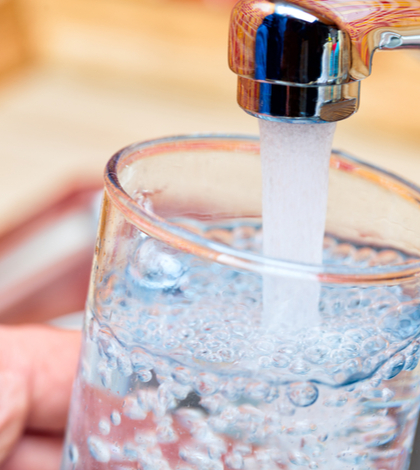It’s time to breathe a sigh of relief and celebrate. The remaining approximately 450 homes in East Porterville have now been connected to clean, sustainable water after years of relying on deliveries of tanked water and bottled water after their private wells became dry or contaminated during California’s recent five-year drought.
“The residents of East Porterville were especially hard hit by the effects of this recent drought,” said Mark Ghilarducci, director of the California Governor’s Office of Emergency Services. “Hundreds of homes were at the mercy of Mother Nature as their wells ran dry. Urgent action was needed on the part of many agencies to find short and long-term solutions. It’s satisfying to see a long-term solution now in place for many homes, helping to mitigate the impacts of future droughts.
With California’s relentless drought continuing year after year, hundreds of residential wells in the small, unincorporated community of East Porterville in Tulare County unusable with because they went dry or were contaminated. But relying on safe, potable water deliveries was problematic and unsustainable for the state and the local community with a price tag of $650,000 a month.
Tulare County agencies and community organizations such as Self-Help Enterprises and Community Water Center partnered with three state agencies — the Department of Water Resources (DWR), the State Water Resources Control Board and the California Governor’s Office of Emergency Services – to research and develop a viable and permanent solution to the crisis. The solution became the construction of new water distribution lines to connect homes in East Porterville to the neighboring City of Porterville’s municipal system.
During the height of the East Porterville crisis residents were forced to flush toilets with buckets of dirty water (or simply not flush them for extended periods of time) and go sans showers. They watched as their gardens and landscapes withered away and the simple task of meal preparation was difficult at best.
Linking East Porterville residences to the Porterville system was done in two phases. A total of 1,100 homes were eligible for connection during the project and a total of 755 took advantage of the offer.
The first phase was completed in March 2017 and connected about 300 homes that were receiving emergency water deliveries. The second phase connected about 450 additional households that still had access to water in their wells but sought to avoid the possibility of future water insecurity.
“The goal was to get a permanent supply of safe water to the residents who were without water, or without safe water, as soon as possible,” said Eileen Sobeck, executive director of the State Water Resources Control Board. “The significant impact of the drought on access to safe drinking water for hundreds of local families could not have been addressed without the extraordinary collaboration between state and local governments and the local community groups. We hope the success of the partnerships here will assist in developing new ways of working together and avoid future drought impacts to communities like East Porterville.”
Praise for the project’s completion from East Porterville residents has been abundant. “It’s such a relief to have water flowing from the faucet and the shower again. It’s so easy to take it for granted, until it’s gone,” said Amelia Arroyo who received a water connection in January 2017.
“I’m glad to know that my family will always have access to clean water now, drought or no drought,” said Darcy Stroud, who signed up during Phase 2 of the project. “We didn’t sign up right away, but we realized we really wanted the water connection. Better to be safe than sorry.”
Although all East Porterville residents who sought to be connected to the new water system is now complete, additional infrastructure work to support the project will continue through 2018. In light of California’s dry water year thus far the state is urging all Californians to continue to practice conservation.
“While this project has brought relief to many,” said Arthur Hinojosa, chief of DWR’s Division of Integrated Regional Water Management, “more work is needed to ensure that all California residents have access to clean, safe drinking water. We’re supporting regional work to sustainably manage groundwater basins and promoting water use efficiency and conservation to make sure California’s local and regional water supplies are resilient for all needs.”
 California Water News Daily Your Source For Water News in California
California Water News Daily Your Source For Water News in California


